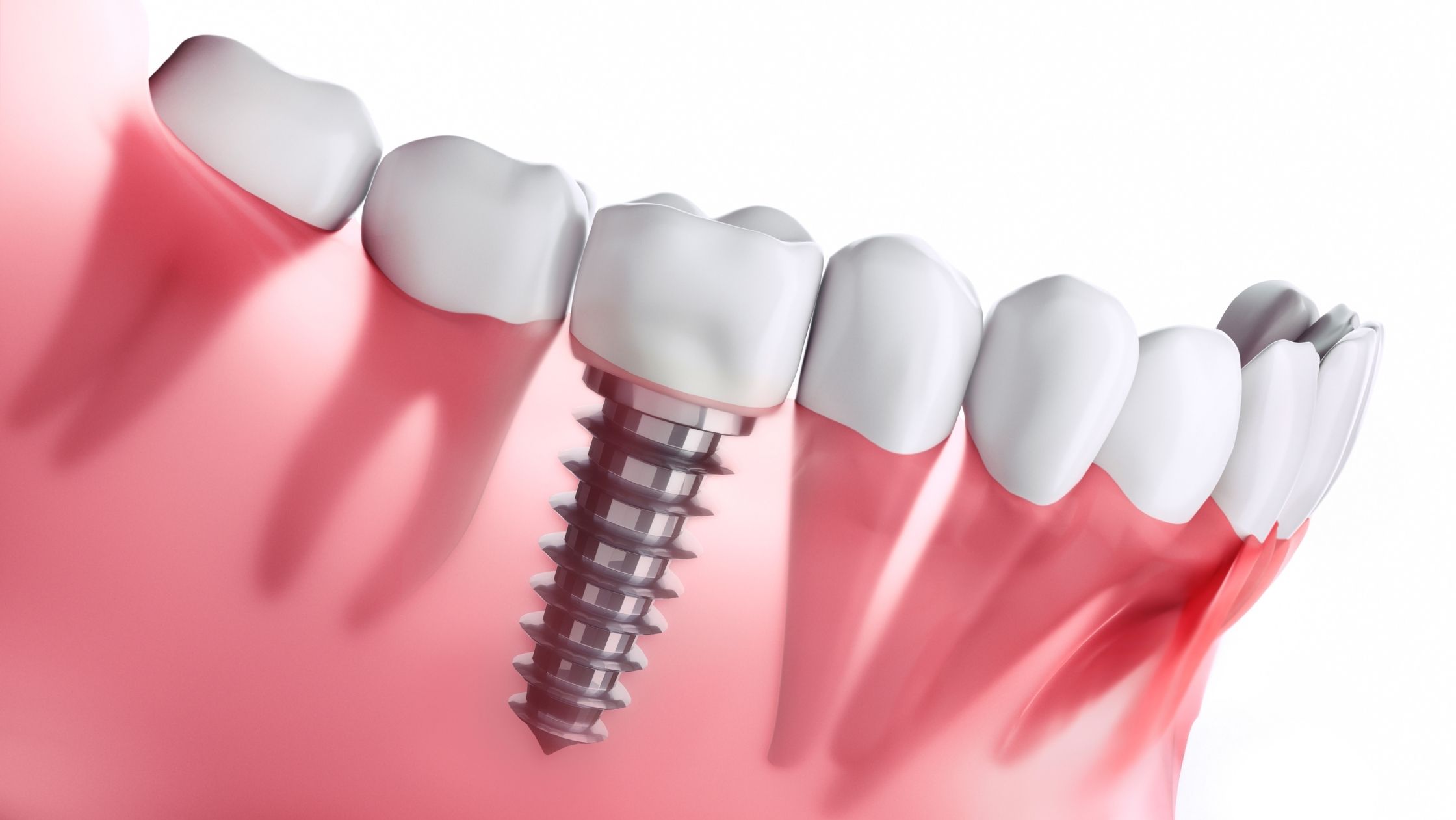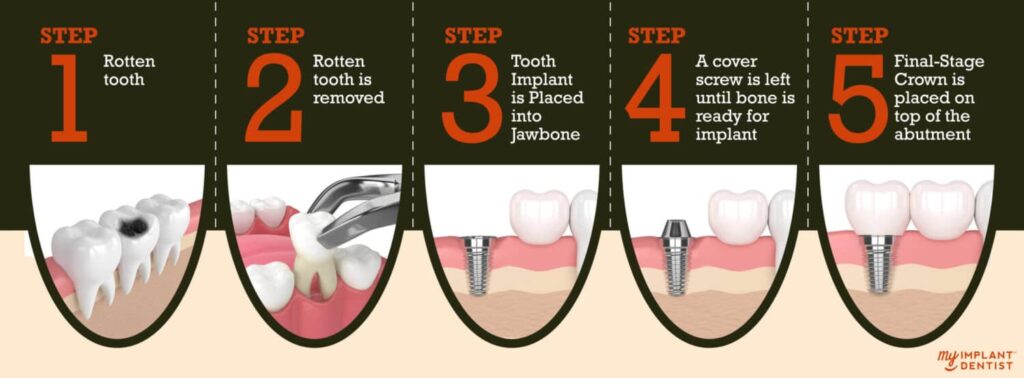Now Reading: A Comprehensive Guide on Dental Implants
-
01
A Comprehensive Guide on Dental Implants

A Comprehensive Guide on Dental Implants
Nowadays, dental implants can be considered an effective treatment for the replacement of lost teeth. Compared with regular dentures or bridges, people can have implanted anchors, which are more permanent and generate normal-looking prosthetics. When dental implants are required, how to get them, how to take care of them, and what to do when the implants are to be replaced will be discussed in this article.
What are Dental Implants?
Dental implants, as a general rule, are placed in those people who require the replacement of one or more missing teeth as a result of an accident, cavity, or another dentistry problem. This is true because those people who have these missing teeth often find it hard to chew well, experience difficulties in speaking and often lose their self-esteem due to the embarrassment of having gaps in their mouth. Implants have the potential to be the best solution for those who prefer getting fixed prostheses that are strong and permanent and look like natural teeth.

They are also useful in averting bone deterioration in the jaw that is compounded if a tooth is missing, for instance, due to an accident. Specialists add that the implant works as a kind of tooth root that stimulates the jaw and maintains its mass. This has the effect of putting on and maintaining the shape of the face and does not allow the skin to sag, as happens with people who have misplaced teeth.
The Dental Implant Process
There is a step-by-step guide for having dental implants, and it may take a few months to be done. Here’s a breakdown of what to expect: Here’s a breakdown of what to expect:
1. Consultation and Planning:
The first of them is the examination by your dentist or, to be more precise, by an oral surgeon to ascertain if you are suitable for implants. These include X-ray images and a CT scan to determine the health of the upper jaw and the best place to place the implants. A situation whereby your jawbone is not strong enough or hard enough to support an implant requires a bone graft.

2. Implant Placement:
When you are prepared, the dentist or surgeon who has been assigned to do the surgery will insert the implant into the jawbone. That is done when the surgeon places an implant, which is a small titanium, in the bone. In the next few months, for the implant to be stable in the mouth, it goes through a process known as osseointegration, whereby the bone grows over the implant, fixing it firmly in place.
3. Abutment and Crown Placement:
Finally, after osseointegration has taken place, the abutment, which can be considered as a connector, is placed on the implant. The last one is capping the abutment structure with the color and shape-molded crown of the natural teeth you desire to wear. This crown effectively replaces the tooth, not only for aesthetic reasons but also for functional reasons.
Caring for Dental Implants
The general hygiene of dental implants is not very different from that of natural teeth. Gingivitis may develop due to unsanitary oral hygiene, which will impact the implant process. Here are some key care tips: Here are some key care tips:
1. Brushing and Flossing:
Brush gently, preferably twice each day, and use a toothpaste that contains fluoride and a toothbrush with a soft bristle. Brush at least twice a day and floss each day to ensure that no food residues or plaque are left between the teeth or around the implant.
2. Regular Dental Check-ups:
Ensure you attend dentist appointments for cleanliness and diagnosis, if any. After the dental implant has been inserted, your dentist will have to periodically check on the health of the implant and the efficiency of the teeth attached to it.
3. Avoiding Hard Foods:
For a person with implants, it is advised that one does not bite hard objects such as ice or hard candy on the crown since this might damage it.
Replacing Implants
In as much as dental implant procedures are meant to last for many years, the crown part may deteriorate and, therefore, might have to be replaced. This process is rather simple because only changing the crown takes place, and the implant and the abutment remain unaltered. For the implant itself, either metal or plastic, people have to understand that this is a one-time thing and, if well maintained, can last a lifetime.
Final words
Different kinds of dental implants really solve the problem of missing teeth for a very long time and offer the possibility of smiling and maintaining a healthy oral cavity. By knowing the implant process and adhering to the recommended care measures, a patient would be able to avail the advantages offered by dental implants in the long run. When you decide to seek dental implants, always seek advice from your dentist as to which treatment suits you best.




















